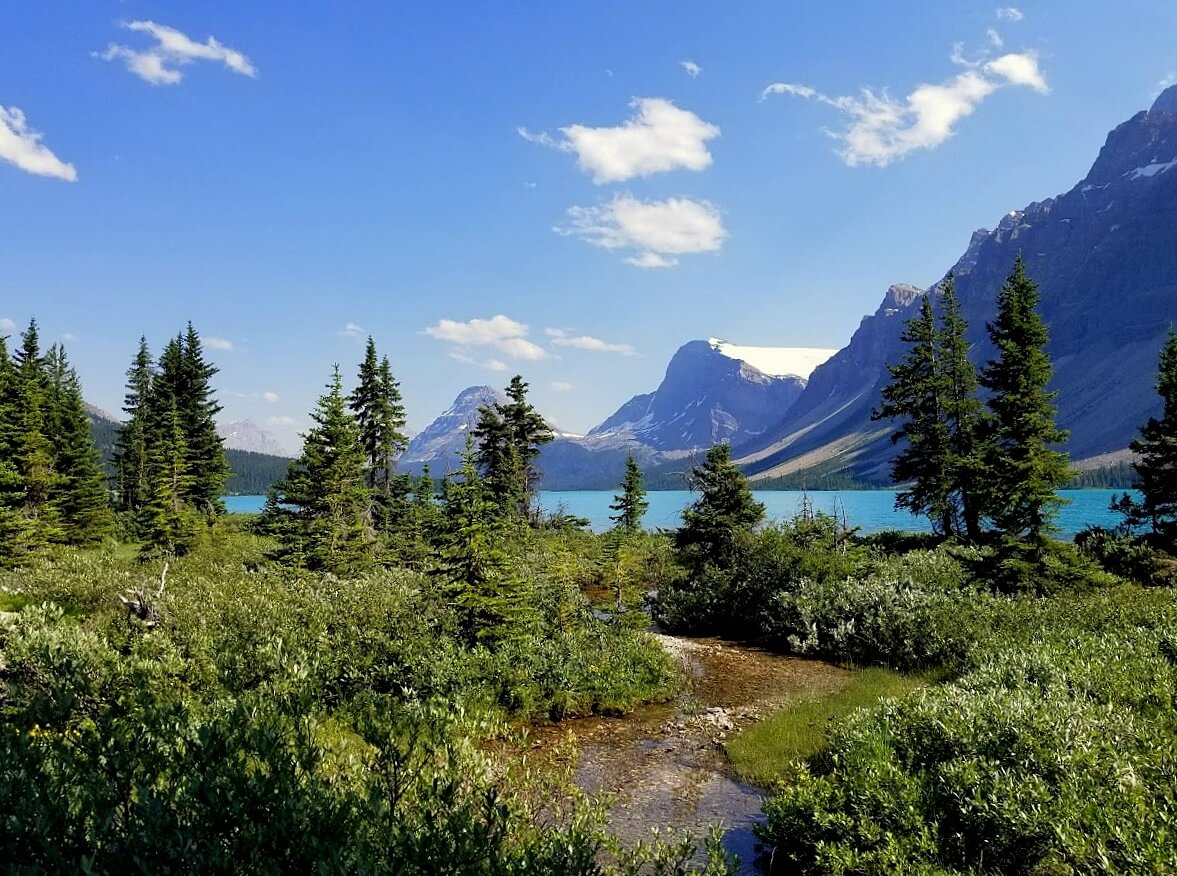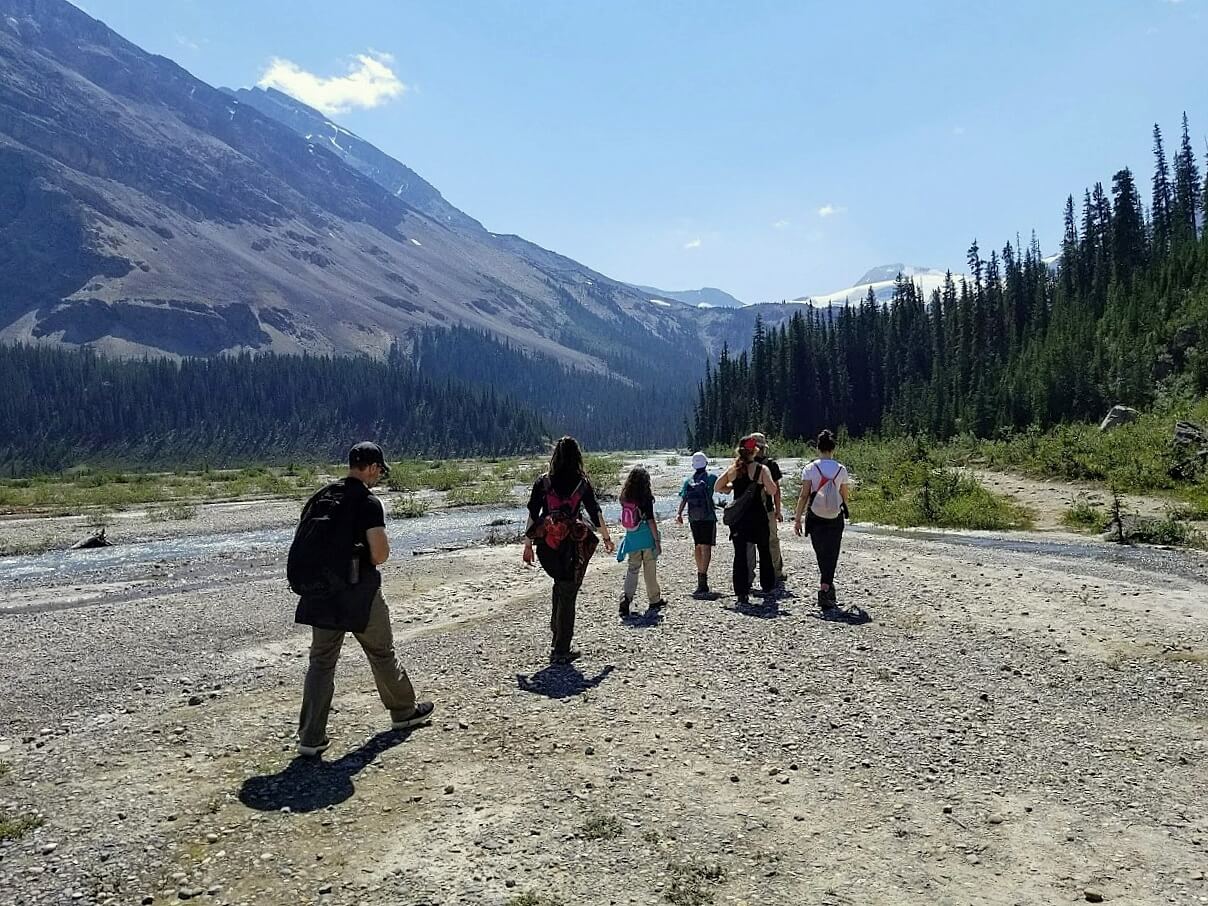
So much has been said about living in the moment that this phrase has become a cliché frequently used alongside the chant “living my best life!”
There is a definite importance to being mindful in our day-to-day activities. Being present is what is meant by “staying in the moment”, which is necessary for maintaining focus and mindfulness. But staying in the moment is different from forgetting about the past and not thinking about the future. What it means is being fully present, observing what goes on around us and not lettings otherwise enjoyable moments pass us by.
One of my favorite “in the moment” experiences took place on a hike in Banff, Canada. After hiking up the mountainous Bow Glacier Falls trail, I sat down on a boulder to enjoy a spectacular views of the Bow Lake and Bow Glacier. Gazing over the vast panorama of the trail ending in a glacial waterfall I listened to the rambling song of the glacier outflow. The moment was remarkable, with warm sunshine dancing on my face through the diamond sparkles of waterfall mist. I sat alone, in silence, waiting on the rest of my family to make their way through uneven rocky surfaces. I felt more serene than I had all year. Although it only took minutes for others to catch up with me, it felt like hours. My camera was already out, but I decided to wait on taking a picture and continued to sit still, savoring the experience.
As if on cue, my husband came up behind me. On hearing him approach, I turned with an urge to seize that moment. I knew that no photo could come close to capturing what I saw and felt, but I wanted to document the experience. Sometimes a photo does help me transport back to a blissful memory. My husband understood and took the photo in the caption of this post. At other times, he’s not so obliging because he believes that taking pictures will disturb the experience.
Photo-taking has become a universal daily activity for millions of people. According to most recent announcement by Meta (Facebook), 500 Million people use Instagram actively on a daily basis, which constitutes about 29% of the internet users. In addition to special trips and events, people are taking photos of almost any type of daily activity, psychologists started looking into how taking pictures impacts the way people recall their experiences. The general thought is that photo-taking interferes with the experience when the experience itself is already highly engaging.
I do not agree. When I take photographs of things I’m interested in, I focus more intently on my subject. This kind of fixed attention primes me to engage deeper with my surroundings and ultimately helps me in creating a sustaining memory. When I go back to look at my photos, like many others who love taking pictures, I feel happy to have captured a moment of interest. Frequently, I even regret not taking a photo of something I wanted to remember.
I am also guilty of taking pictures specially for social media. This exercise usually makes me more concerned about how others will respond to my posts, instead of enhancing the experience. My favorite photos, however, are the ones which I keep as private memories and do not share with the world. Below are some photos of the Bow Glacier Falls Trail.
How about you? What kind of pictures do you take and why?
Photo credit: G. Nemeth
Bow Glacier Falls outflow into Bow Lake, Banff National Park, Alberta, Canada
Beginning of the Bow Glacier Falls trail from Bow Lake towards the Bow Glacier Falls
The steps on the trail to Bow Glacier Falls in Banff National Park, Alberta, Canada
View of the landscape surrounding the Bow Glacier Falls, from the trail steps
The view of Bow Glacier Falls after a hike/scramble to the mountain slopes
Looking back from Bow Glacier Falls to Bow Lake along the Icefields Parkway in Banff National Park, Alberta, Canada





